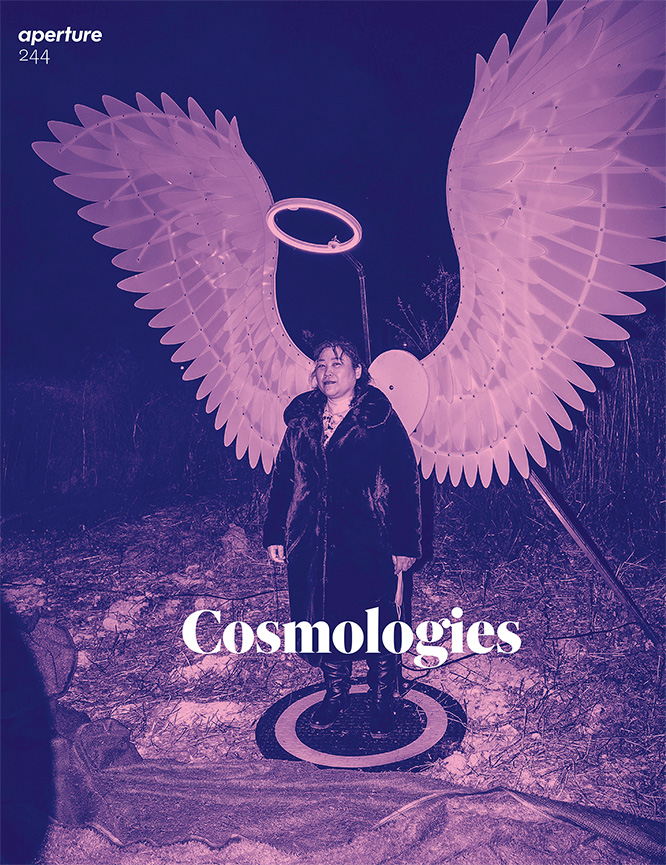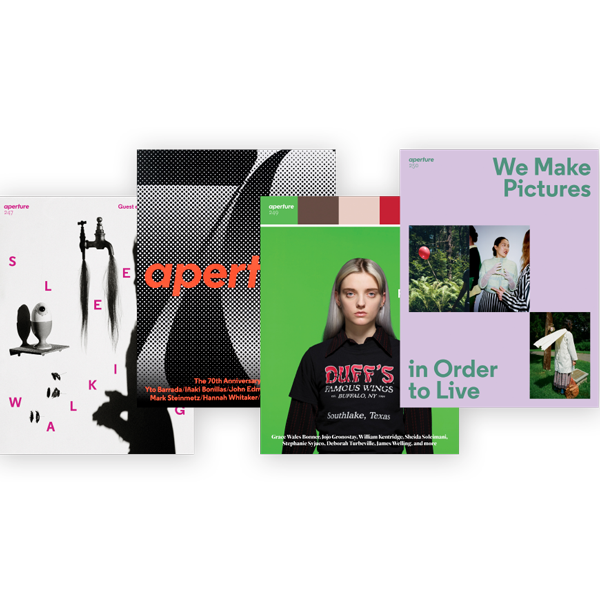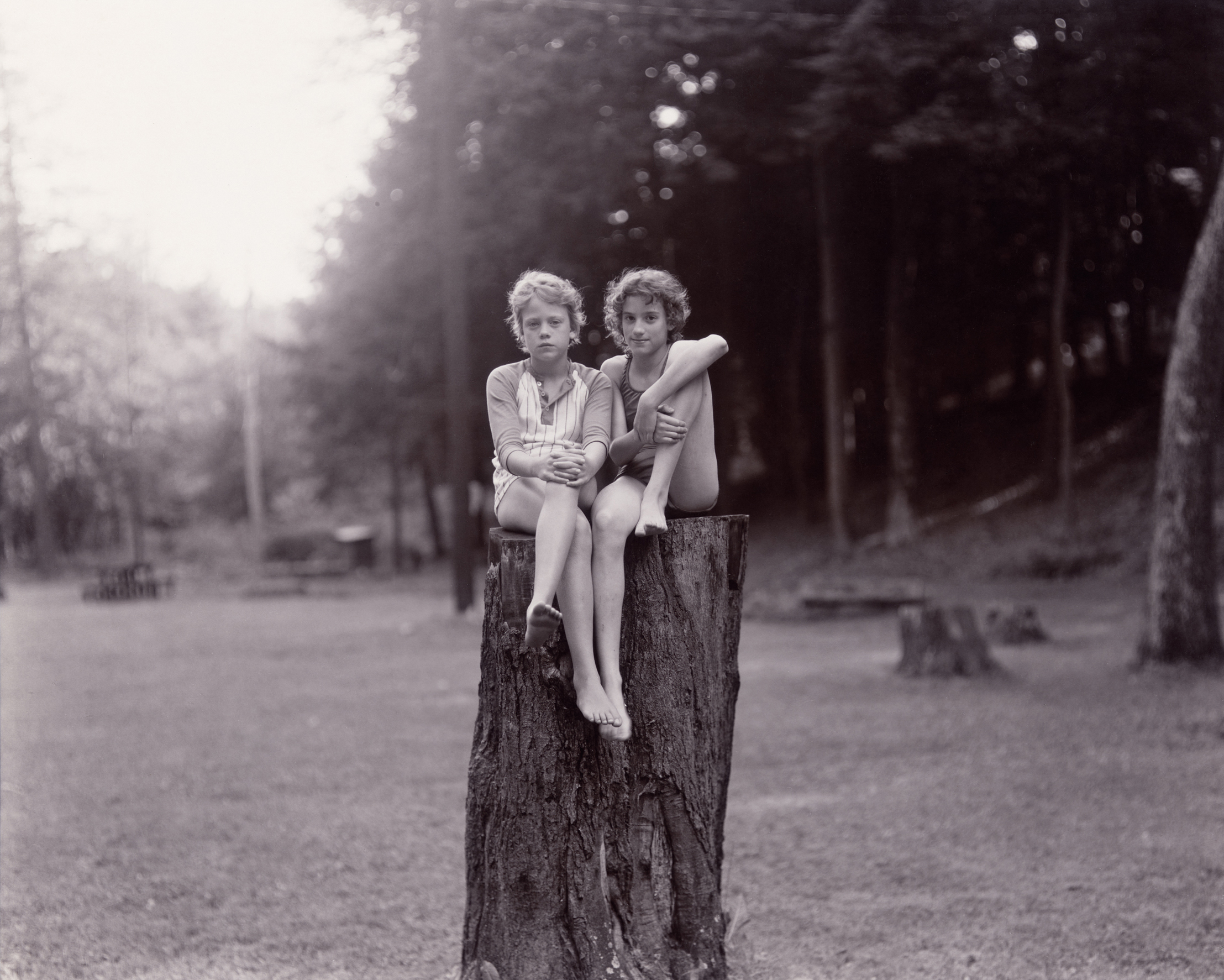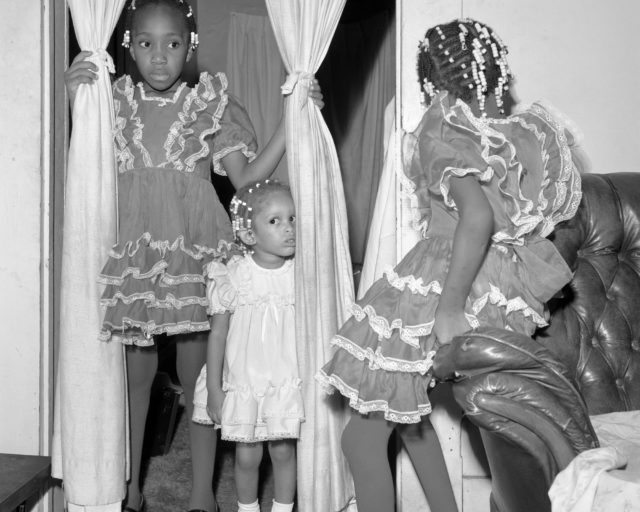Aperture’s Best Photography Features of 2021
This year, we celebrated photography in New York and New Delhi, revisited Judith Joy Ross’s timeless portraits, considered the “photobook phenomenon,” and asked how images can tell new stories about Latinx identity.
Judith Joy Ross, Eurana Park, Weatherly, Pennsylvania, 1982
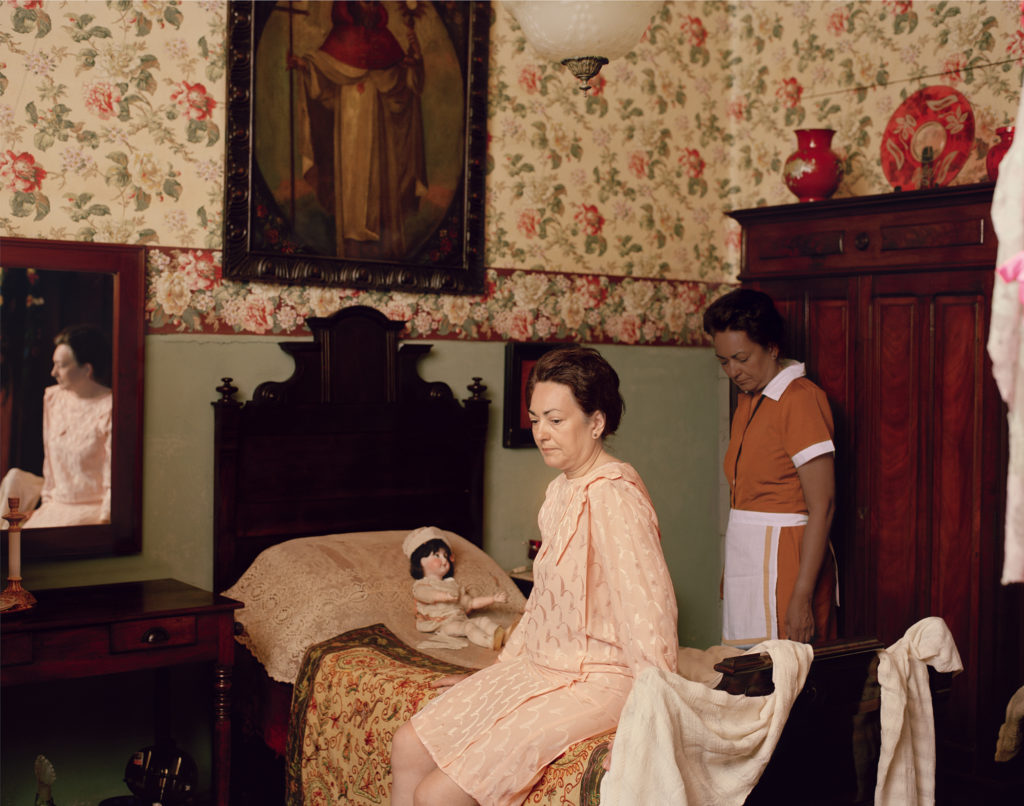
Courtesy the artist
The Latina Curators and Writers Remaking the American Photography Canon
by Yxta Maya Murray, from Aperture, issue 245, “Latinx”
Arlene Dávila, Elizabeth Ferrer, and E. Carmen Ramos are working to challenge mainstream art history by inserting Latinx artists into white spaces. Their efforts “look toward a future where identity struggles like my own, and those of countless others, do not have to occur in isolation,” writes Yxta Maya Murray. “These visionaries have opened the canon to a multilayered creative practice celebrating the anarchic record of our lives.”
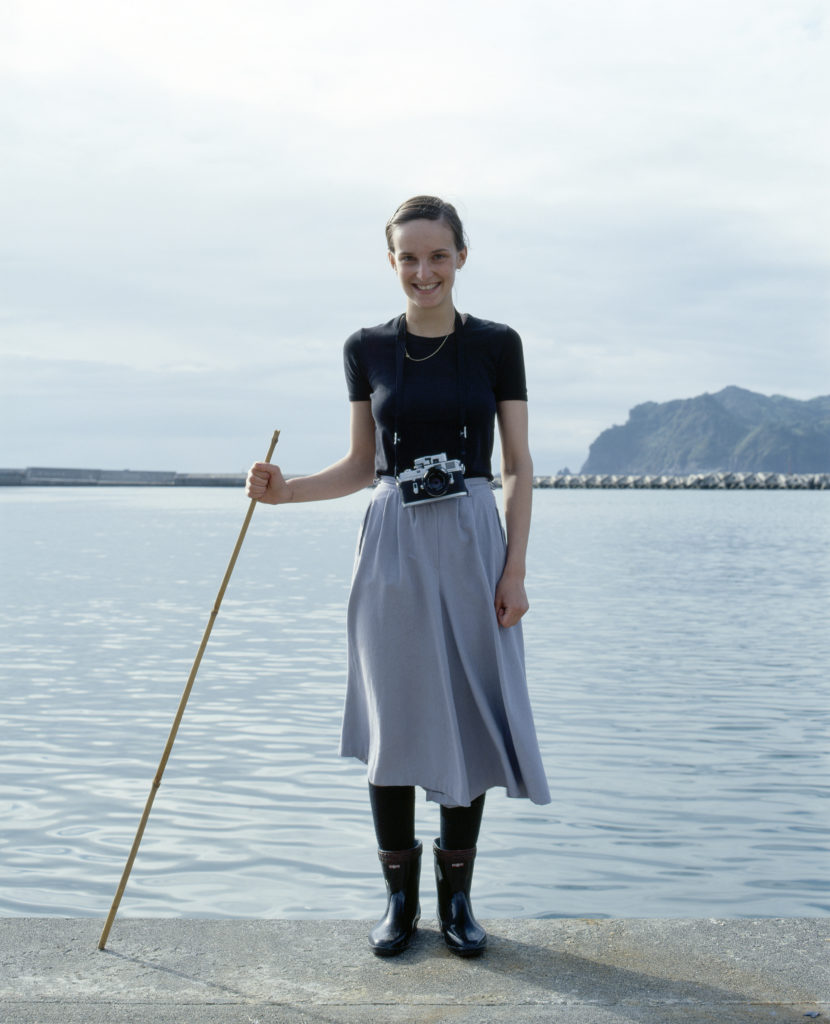
Courtesy the artist and Chose Commune
A Japanese Photographer’s Bittersweet Archive of His Late Wife
by Yasufumi Nakamori, from The PhotoBook Review Issue 019
Since 1989, Seiichi Furuya has revisited his intimate images of his wife in a series of photobooks that affirm photography’s potential to heal, remember, and reimagine a life. “Photography is the only expressive medium through which we can relive and reconfirm a moment from the past,” Furuya states in a conversation with Yasufumi Nakamori.
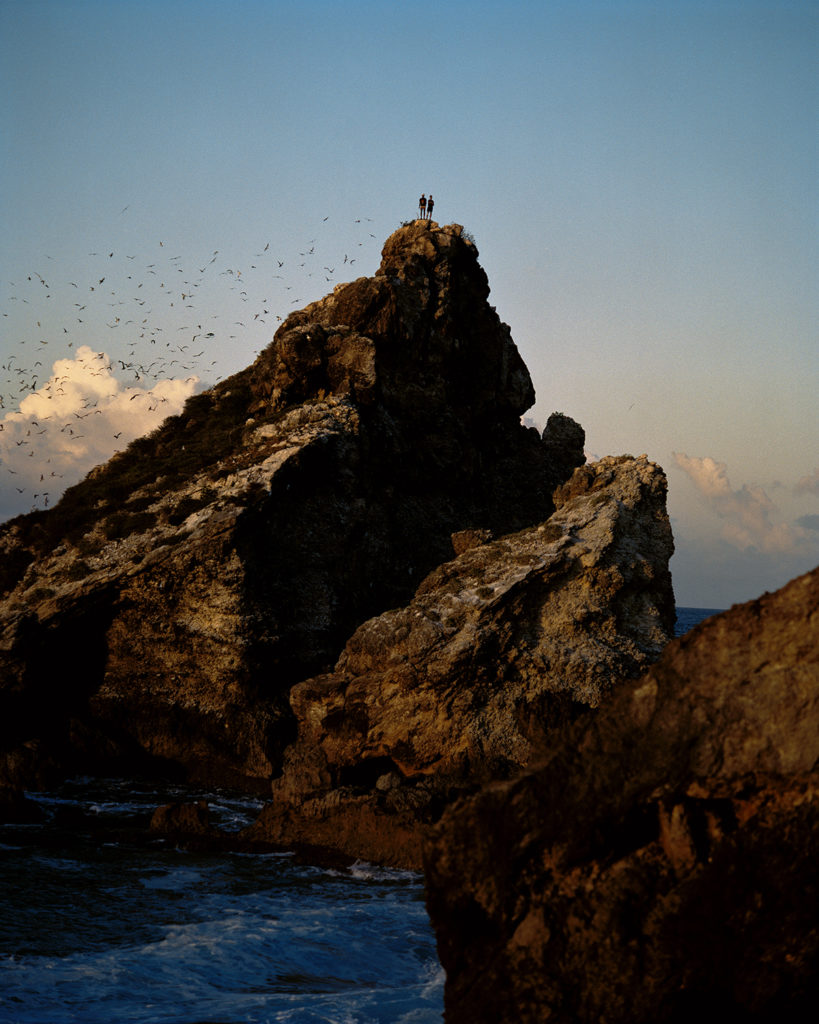
Courtesy the artist
Gregory Halpern on the Impossibility of Documentary Photography
by Stanley Wolukau-Wanambwa, from Let the Sun Beheaded Be (Aperture, 2020)
Reflecting on his series based in the contemporary social landscape of Guadeloupe, the photographer speaks about his process, personal history, and the politics of representation. “Maybe for documentary to be reclaimed, it needs to be embraced in that way,” reflects Halpern, “by artists who are working in profoundly innovative and experimental ways, who celebrate not only its potentials but its pitfalls as well.”

Courtesy the artist and Galerie Thomas Zander, Cologne
Judith Joy Ross’s Timeless and Empathic Portraits
by Rebecca Bengal, from Aperture, issue 244, “Cosmologies”
Considered one of the greatest portrait photographers in the history of the medium, Ross creates images filled with an astonishing emotional clarity. “Ross’s pictures are holy in their awkwardness,” writes Rebecca Bengal, “the teen with the dark gothic bangs wielding a rake, the way the girls clasp their hands over their bathing suits.”
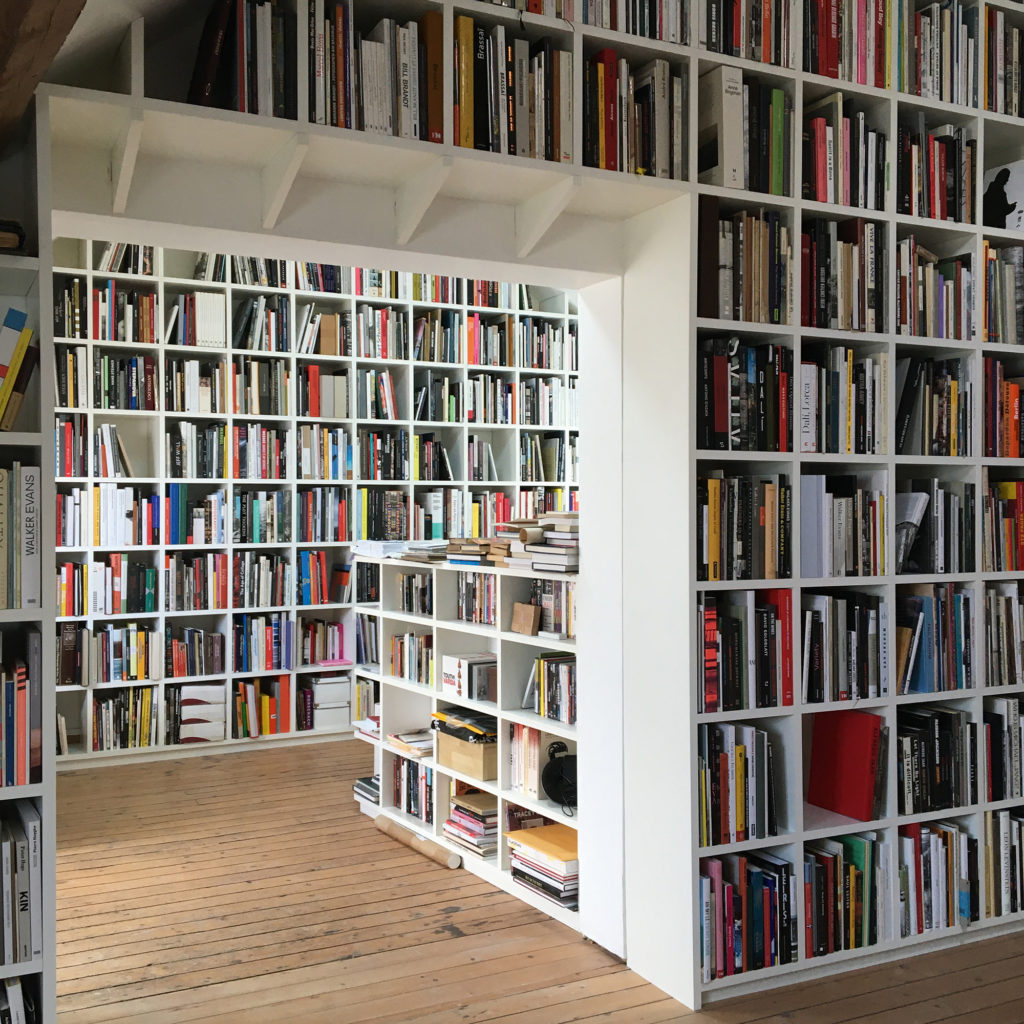
Why the “Photobook Phenomenon” Is More than Just a Fad
From The PhotoBook Review Issue 020
Clément Chéroux, guest editor of the latest issue of The PhotoBook Review, reflects on the evolution of the photobook and its community. “The current popularity of the photobook is no mere fad,” writes Chéroux. “It has lasted now for more than twenty years and has had important impacts on the ecosystem of photography.”
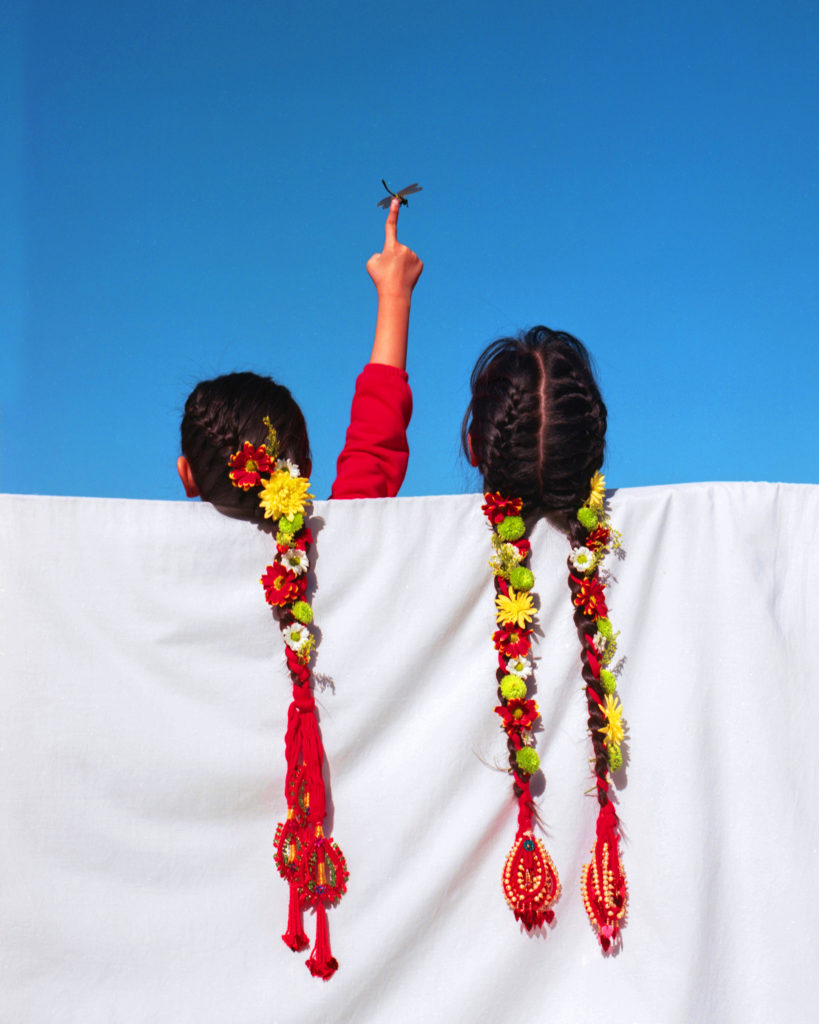
Courtesy the artist
The Photographer Confronting the Restlessness of Lockdowns
by Alistair O’Neill
Tirtha Lawati’s portraits of his family’s life during COVID-19 offer a playful, tender depiction of home and cultural belonging. Born in Nepal and raised in Britain, Lawati’s ongoing series Nyauli confronts his own conception of home while in close confines with his family. As Alistair O’Neill writes, Lawati’s photographs “are tender likenesses that radiate with a sense of security in being held.”
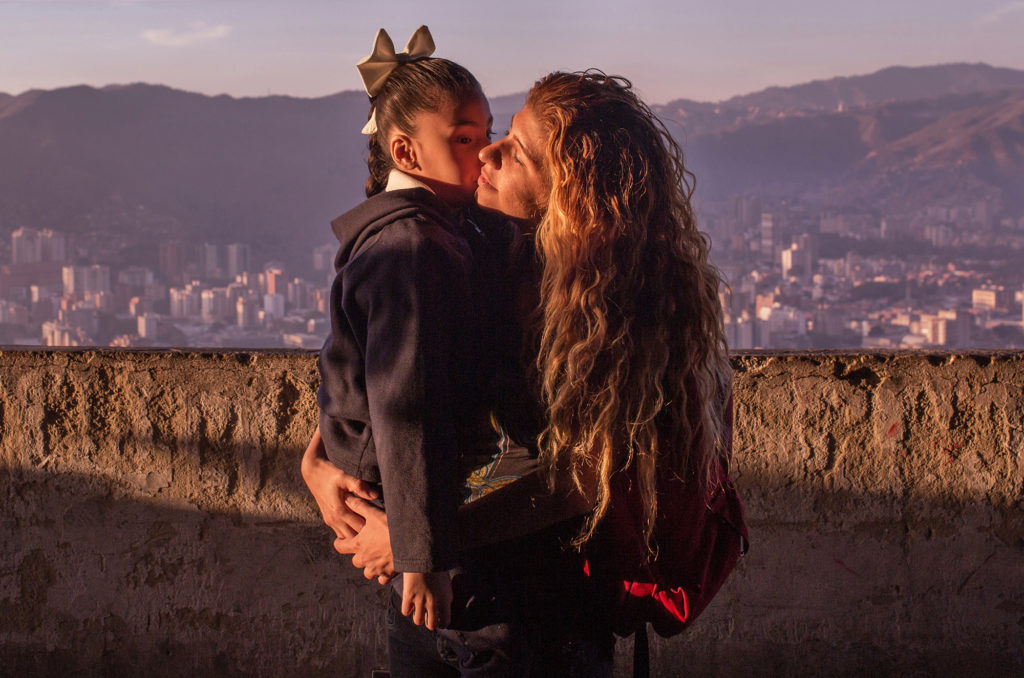
Courtesy the artist
How Photographers Navigate the Challenges of Working on Assignment
by Aaron Schuman
Is it possible to possible to retain an artistic vision—and ethical integrity—while making images for news media and fashion brands? Four photographers speak about responsibility, community, and the push for structural change.

Courtesy the artist
Why Jamel Shabazz Is New York’s Most Vital Street Photographer
by Tanisha C. Ford, from Aperture, issue 242, “New York”
Since the early 1980s, Shabazz has captured the energy of street life and hip-hop culture in New York, making indelible images of joy, style, and community. Tanisha C. Ford writes that Shabazz’s photographs “powerfully voice just how frozen bits of time can transform a community.”
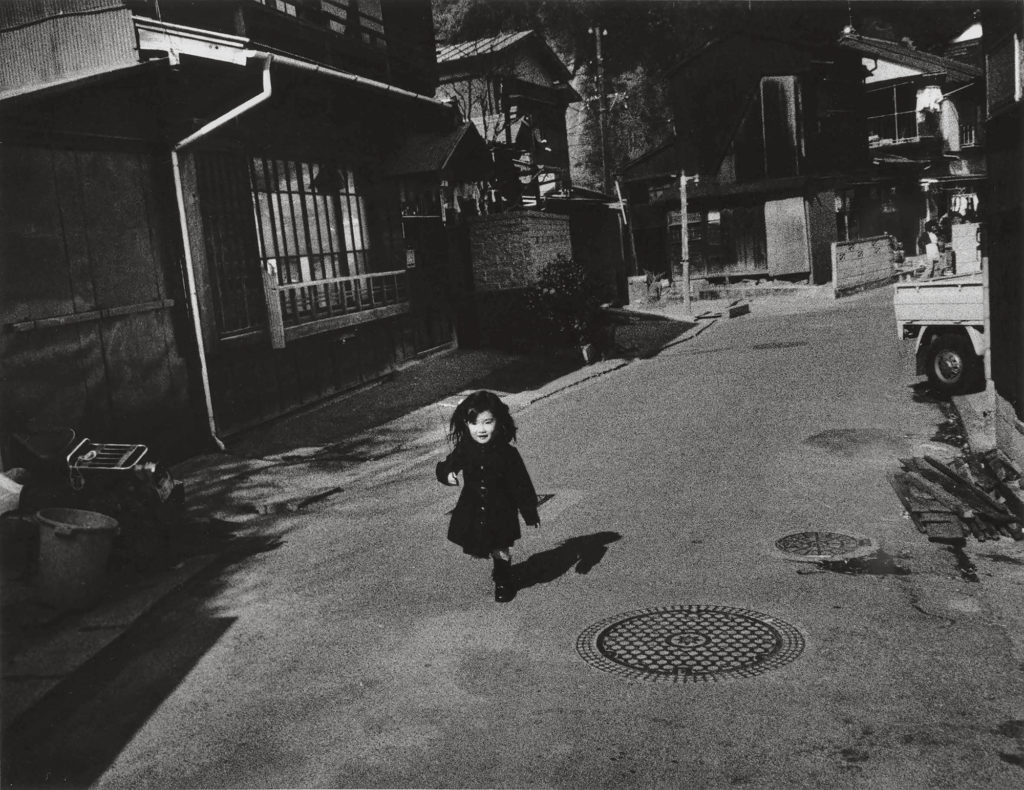
Courtesy the artist and The Third Gallery Aya, Osaka, and Michael Hoppen Gallery, London
Ishiuchi Miyako’s Photographic Chronicles of Time and History
by Yuri Mitsuda
In a conversation from Aperture’s fall 2015 issue, “The Interview Issue,” the pioneering photographer speaks about the evolution of her career—and how she negotiated a field dominated by men. “There’s always something about them that’s cold,” Miyako says of her photographs. “Maybe because I never really wanted to become a photographer.”

Courtesy the artist and Maureen Paley, London
Anne Hardy’s Ethereal Photograms from the River Thames
by Lena Fritsch, from Aperture, issue 244, “Cosmologies”
Based on encounters with light and small objects gathered from the river, Anne Hardy makes her own radiant universe. As Lena Fritsch writes, “In the soft forms and bright colors of her photograms, there is a sense of postapocalyptic magic that turns old waste into new, beautiful art.”
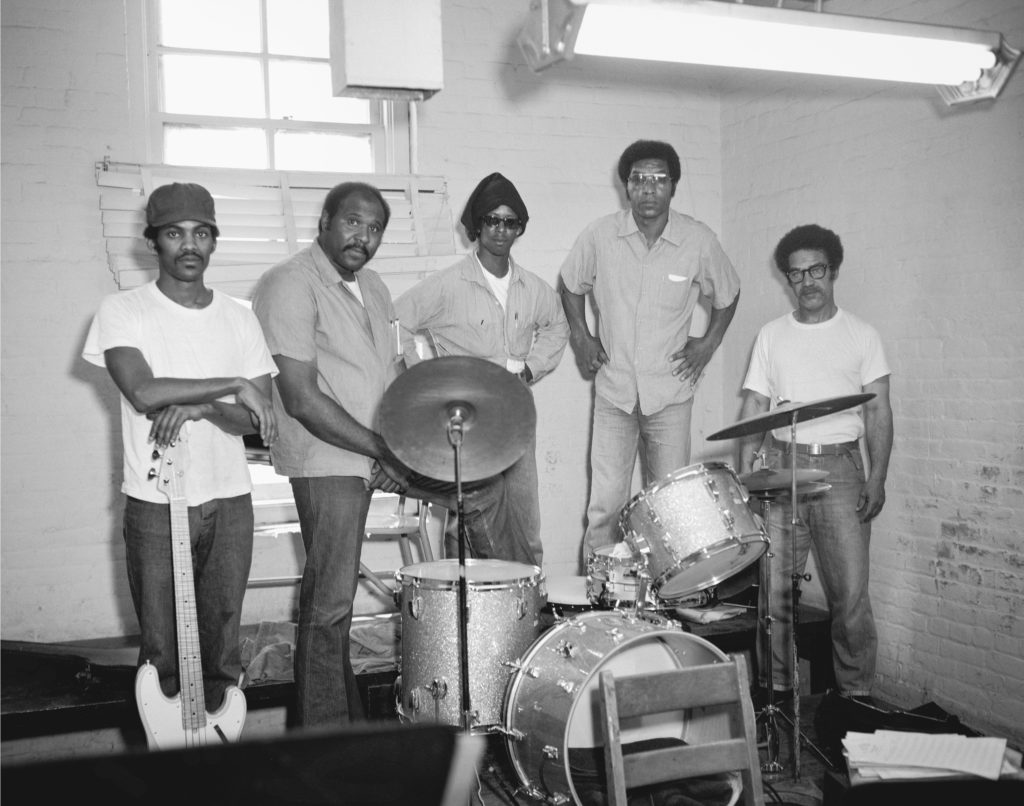
Courtesy Aperture and San Quentin State Prison
Can Photographs Help Communicate the Experience of Incarceration?
by Reginald Dwayne Betts, from The San Quentin Project (Aperture, 2021)
Artist and educator Nigel Poor’s new book reveals an archive from San Quentin and a record of a prison photography workshop. In the book’s foreword, Reginald Dwayne Betts writes, “By bringing these photographs to the world, Poor makes an argument for the capaciousness of both the lives that incarcerated men experience and the loss that ripples through their days.”

Courtesy the artist/DACS and Hales Gallery, New York; Stephen Bulger Gallery, Toronto; and Vadehra Art Gallery, New Delhi
Sunil Gupta’s Vision for a Queer Politics of Belonging
by Shanay Jhaveri, from Aperture, issue 243, “Delhi: Looking Out/Looking In”
Gupta has spent his career photographing queer subjects in India. In early staged pictures that imagine anonymous men purportedly cruising in Delhi, he refuted the historical gesture of erasure—and inspired a new generation to insist on making confident, unflinching work.

Courtesy the artist
A Photographer’s Odyssey across the Mediterranean
by Miguel Groisman
Against the backdrop of epic history and contemporary migration, Massao Mascaro’s poetic black-and-white images consider the lives and landscapes of Southern Europe. “Can the political and poetic merge?” writes Miguel Groisman. “A portrait that exists alongside or within the tragedy of migration does not preclude or erase it. For the people Mascaro encountered, there is life ahead, and further unknowable journeys.”
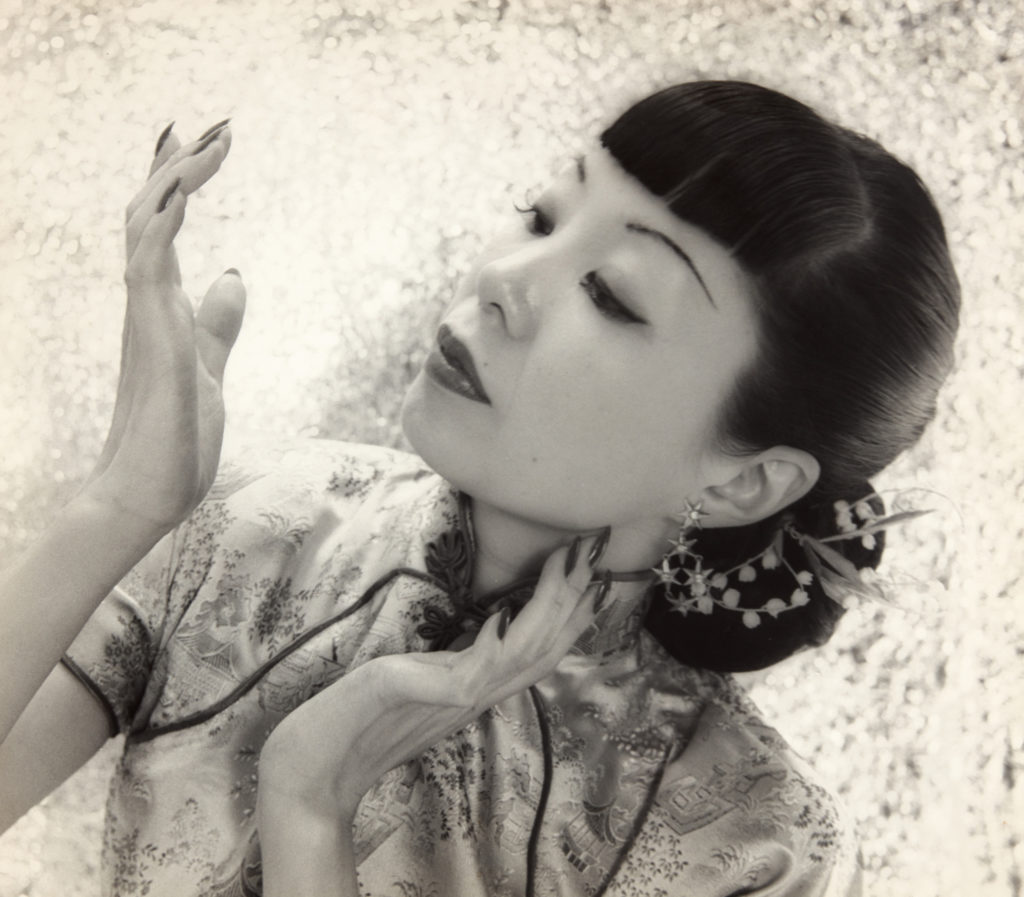
Courtesy Wally Wong
How a Museum’s Photographic Archive Honors Generations of Chinese American Lives
by Hua Hsu from Aperture, issue 242, “New York”
After a devastating fire in early 2020, the images in the Museum of Chinese in America’s collection continue to tell a story of resilience. As Hua Hsu writes, “These images articulate aspirations or desires that the subjects themselves might not have felt brazen enough to speak aloud.”
Subscribe to Aperture magazine and never miss an issue.












